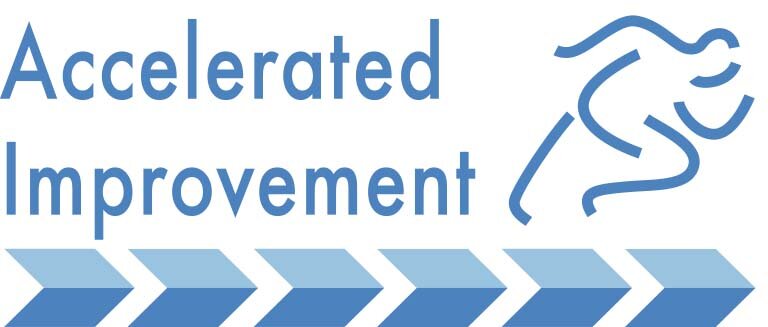Creating a new culture.
(FMCG)
Background to case study:
Competitors able to grow in size due to takeovers facilitated by high share prices not available to a private company
Launch of “Breezer” and creation of new alcopop category made it very easy to be complacent and see cultural issues as less significant“
Them and us” cultureHigh levels of cynicism that “management” had the genuine will and the capacity to change the situation
Up to 100% differences in pay for the same job-and not performance related!History of rewarding poor behaviour (via overtime etc)
270 employees
Results:
5 successive Top 10 places in “Best Companies to Work For” despite high speed manufacturing process allowing little employee discretion and the need to deal with low performance even when the process was brought under control (Demming)
Introduction of a new, co-designed (employee majority) pay structure within 12 weeks; this eliminated the worse anomalies immediately and provided a process for complete elimination
Removal of low-performers (6% of entire workforce) while simultaneously rapidly improving (and sustaining for 5 years) employee engagement survey results…..with no losses at Tribunal
Measurable “Behavioural Standards”* key to establishing a “new and agreed” culture were established
Diagnostic conclusions:
Normally issues of pay are “not up for grabs”; in this case the scale of the issue was such that it had to be brought within scope
Process:
Senior Team workshop to decide the level of engagement process necessary to deliver the results required to achieve the business objectives
They also decided issues such as what employees were being engaged about, what was “up for grabs..and what wasn’t” and the logistics of how to engage all employees within as short a period as possible at minimum disruption to the business
ALL employees attended short workshops where they identified the top obstacles to achieving the purpose of the engagement, identified the behavioural data necessary for employees and managers to agree the leadership and wider Behavioural Standards that will form a key part of the new culture and elected their own employee reps to address all these issues
Employee reps and the Senior Team agreed a change plan by consensus** in one continuous sitting lasting until all issues identified by employees were addressed
To sustain the new culture, all employees trained in giving recognition and in giving, and receiving, constructive feedback and all managers trained as facilitators
Notes:
*Behavioural Standards are ways of codifying behaviours that are designed to avoid the weaknesses of using Values (too much scope for interpretation and “political” behaviour) and Rules (too restrictive) as the method of ensuring accountability. The effect is to hold leaders (and others) accountable and do so in a “light touch but tough” way-much more effective than approaches such as Political Correctness!!
** Consensus is widely misunderstood and often confused with “compromise”. The method used here:
ensures that all people who make the decision have publicly committed that this is the best outcome available having exhausted all possibilities
drives innovative problem-solving
